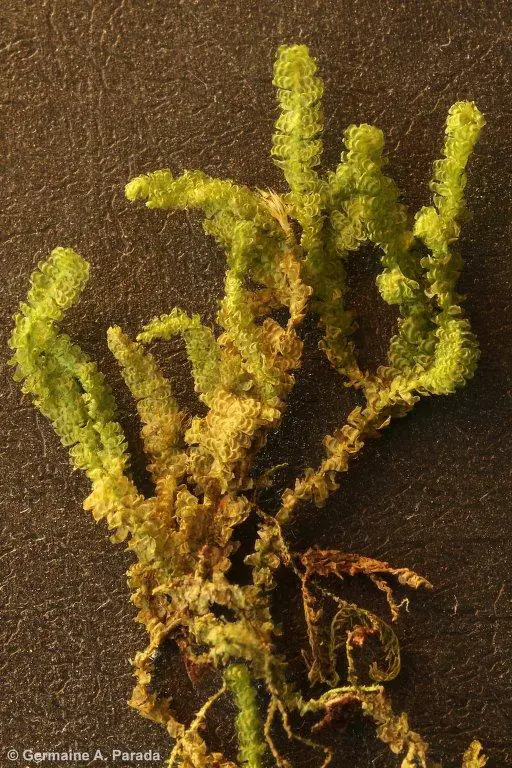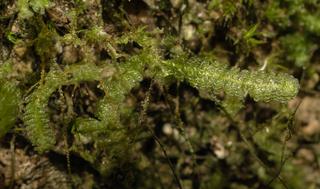Delving into the World of Neckeropsis comorae: A Unique Moss with a Big Impact
Affiliate Disclaimer: As an affiliate, we may earn a small commission when you make a purchase from any of the links on this page at no additional cost to you!
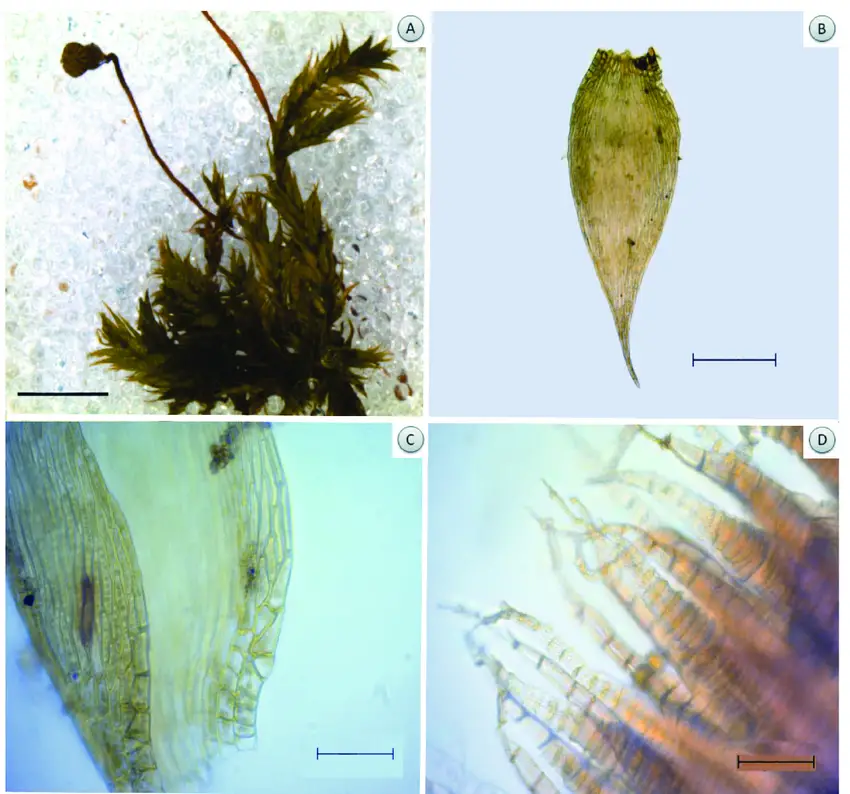
A-D-Isopterygium-byssobolax-Muell-Hal-Paris-A-Habito-de-crescimento-B-Filidio-C.png from: https://www.researchgate.net/figure/A-D-Isopterygium-byssobolax-Muell-Hal-Paris-A-Habito-de-crescimento-B-Filidio-C_fig1_320224561
Exploring the Fascinating World of Neckeropsis comorae Moss
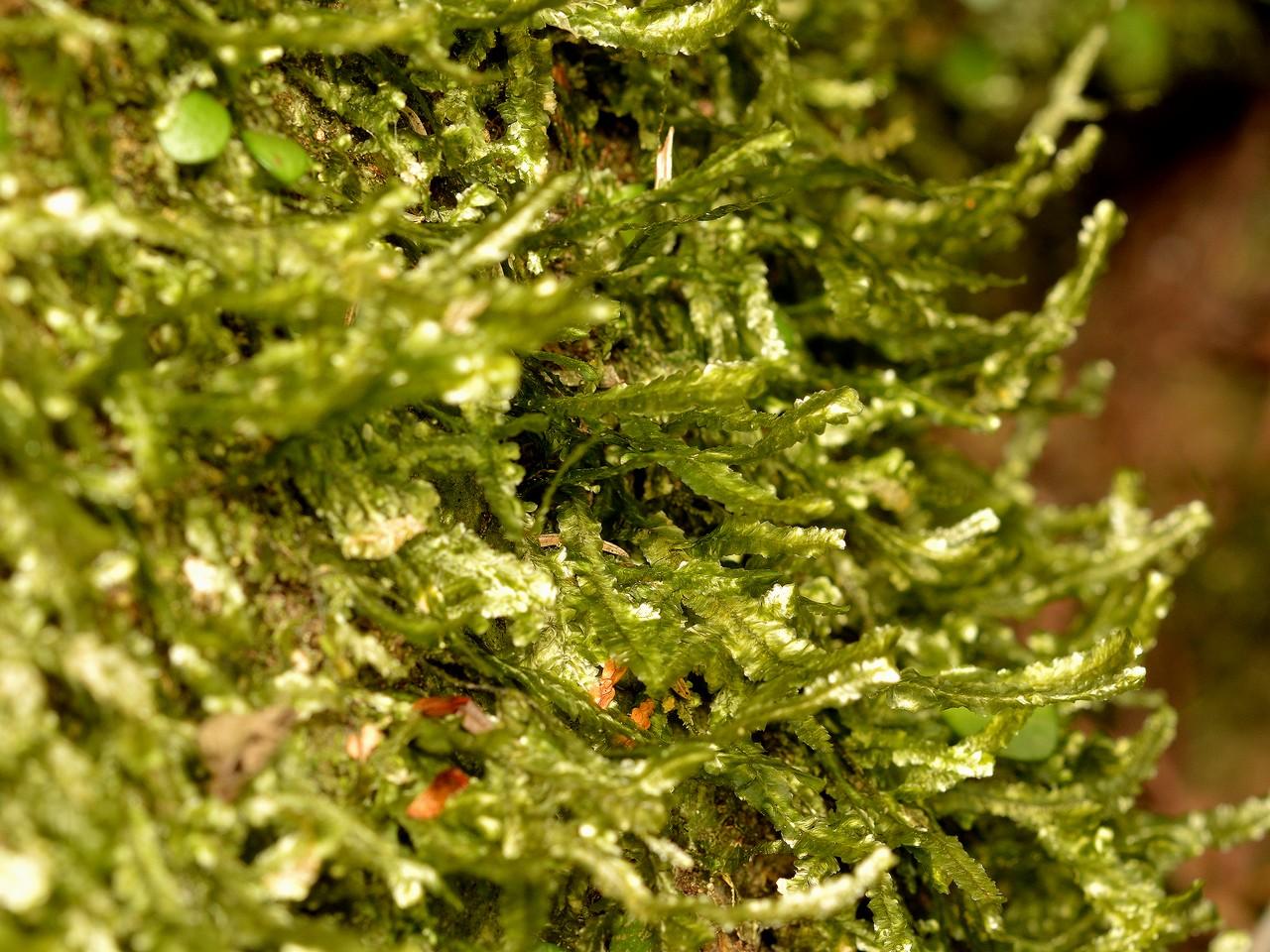
neckeropsis-nitidula.jpg from: https://www.earth.com/plant-encyclopedia/bryophytes/neckeraceae/neckeropsis-nitidula/en/
Introduction
Today we’re diving into the captivating realm of Neckeropsis comorae (Müll.Hal.) Paris, a unique species of moss belonging to the
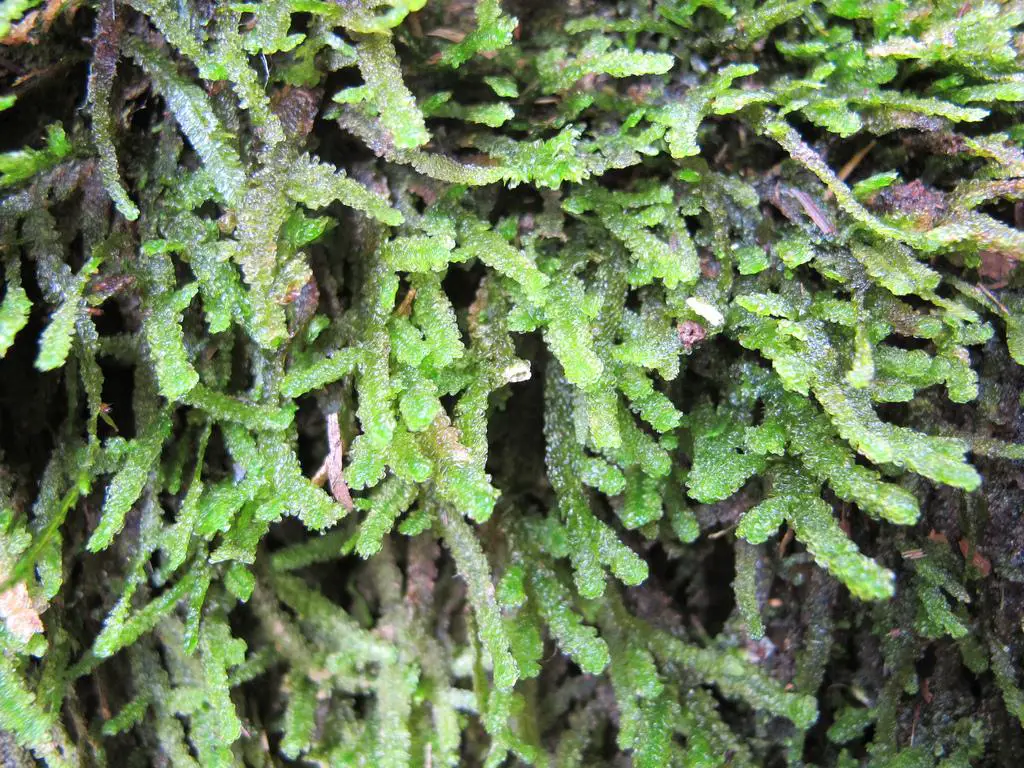
undulateneckeropsismossneckeropsisundulata.jpg from: https://www.earth.com/plant-encyclopedia/Bryophytes/Neckeraceae/neckeropsis-undulata/en/
Neckeraceae family. Also known simply as Neckeropsis, this tiny but mighty plant plays important ecological roles. Let’s explore what makes Neckeropsis comorae so special!
Background on Neckeropsis Moss
Neckeropsis comorae is classified under the Bryophyta division and
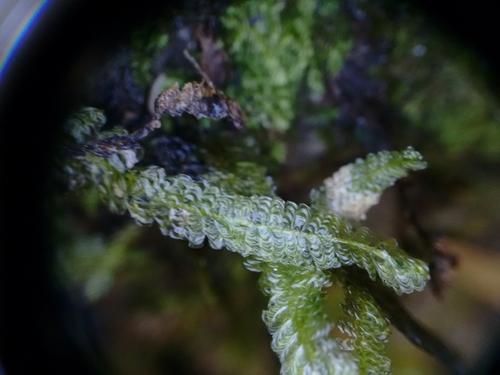
medium.jpeg from: https://enciclovida.mx/especies/136890-neckeropsis
Bryopsida class. The Neckeraceae family contains around 200 species of mosses found across the globe. Neckeropsis mosses are pleurocarpous, meaning they have a creeping or hanging growth habit.
Morphology and Identification
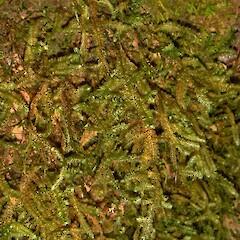
qqq_arpxrebcfvf-yrcvarnan-ng-cn.240×240-u1i1s1q90f1.jpg from: https://www.nzpcn.org.nz/flora/species/neckeromnion-lepineanum/
N. comorae has pinnately branched stems that form loose mats. The leaves are complanate (flattened in one plane), oblong-lingulate in shape, and have a short double costa. Leaf cells are smooth and linear. The seta (stalk bearing the capsule) is very short. Capsules are immersed to emergent and ovoid to cylindrical in shape.
Identifying Neckeropsis in the field requires observing these key characteristics:
- Pinnate branching pattern
- Complanate, oblong-lingulate leaves
- Short double costa in leaves
- Smooth, linear leaf cells
- Very short seta
- Immersed to emergent, ovoid to cylindrical capsules
Global Distribution and Habitat
Neckeropsis comorae is endemic to the Comoros Islands off the coast of East Africa. It grows as an epiphyte on tree trunks and branches in humid montane forests. The limited range makes this species vulnerable to habitat loss.
Ecological Roles and Adaptations
Like other mosses, N. comorae plays several key roles in its ecosystem:
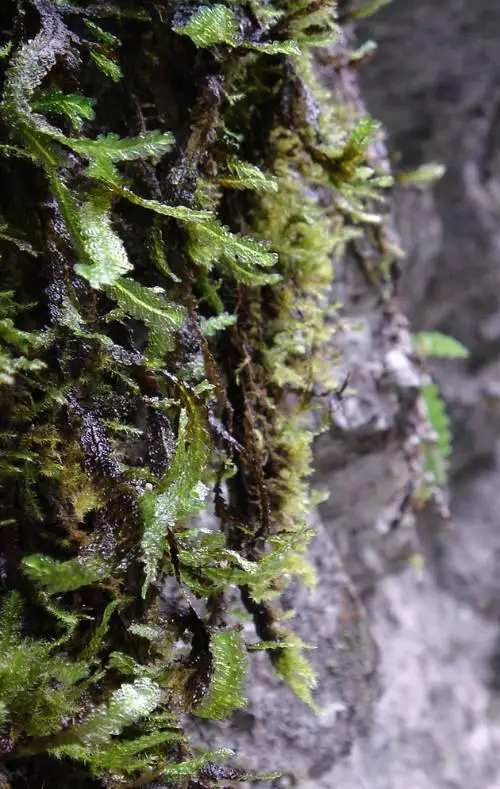
neckeropsis-calcicola.jpg from: https://www.earth.com/plant-encyclopedia/Bryophytes/Neckeraceae/neckeropsis-calcicola/en/
- Moisture retention: The mat-like growth traps and holds moisture.
- Nutrient cycling: It takes up nutrients from the atmosphere and releases them back as it decomposes.
- Microhabitat creation: Mats provide shelter for micro-organisms and invertebrates.
- Substrate stabilization
NECKEROPSIS%2BUNDULATA%2BV.jpg from: https://plantasdepuertorico.blogspot.com/2017/01/musgos-pleurocaricos-neckeropsis.html
: Growth helps stabilize bark surfaces and retain organic matter.
Neckeropsis has adaptations for the epiphytic lifestyle:
- Pinnate branching maximizes surface area for moisture and nutrient uptake
- Short seta and immersed capsules protect spores
- Flattened leaves and stems
Neckeropsis_undulata,I_TQBH2877.jpg from: https://www.discoverlife.org/mp/20q?search=Neckeraceae
allow it to grow appressed to the substrate
ribongoke.jpg from: https://mikawanoyasou.org/koke/ribongoke.htm
Conclusion
Neckeropsis comorae is a small but fascinating moss with a unique morphology adapted for life in the canopies of the Comoros Islands. While limited in range, it plays outsized ecological roles. Much remains to be learned about the biology of this species. What other secrets does this mighty moss hold? With ongoing research, we may yet find out!
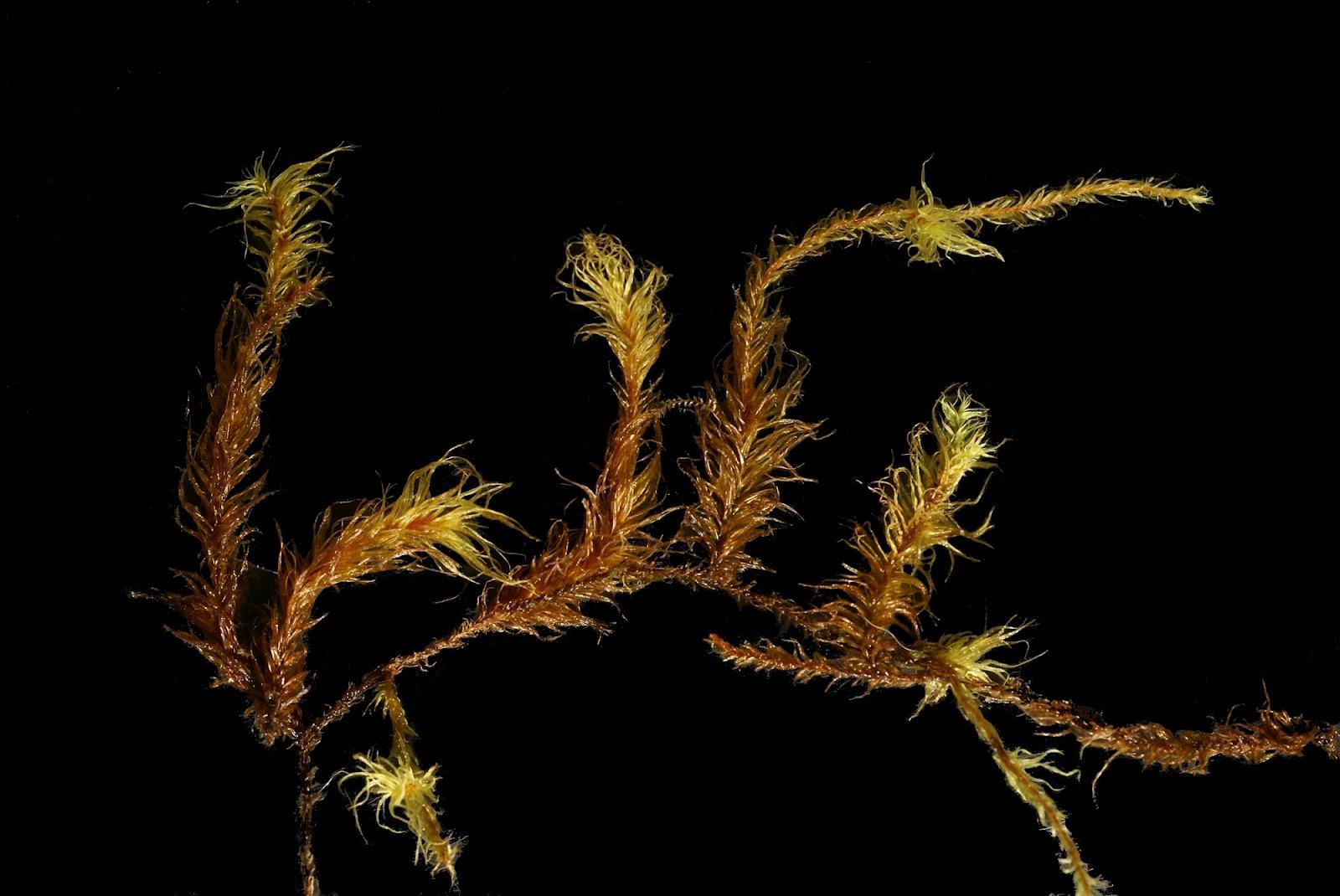
Prionodon+densus+E.+Lavocat+Bernard+2012).jpg from: https://moveclim.blogspot.com/p/guadeloupe_15.html

